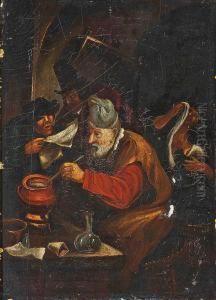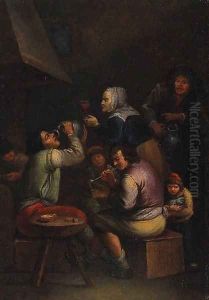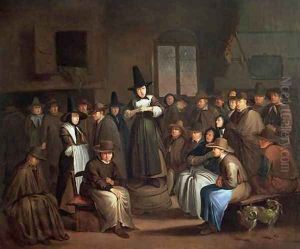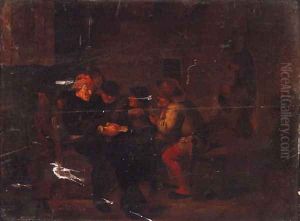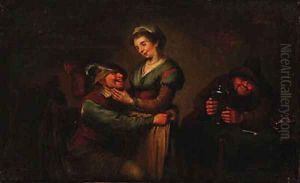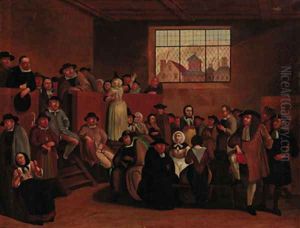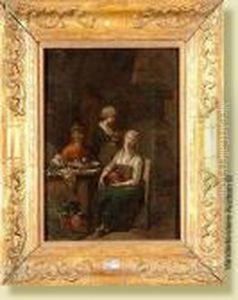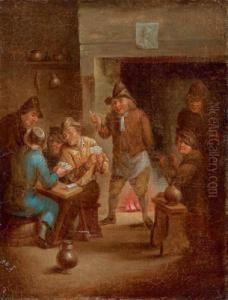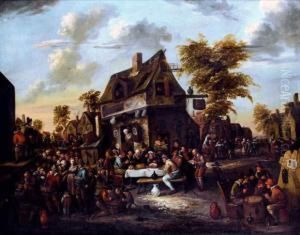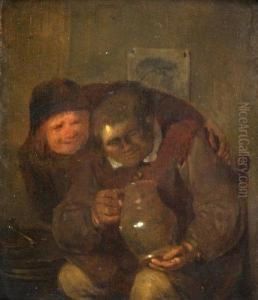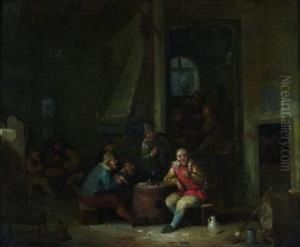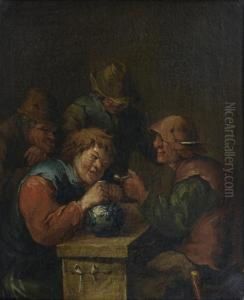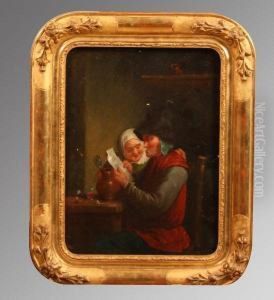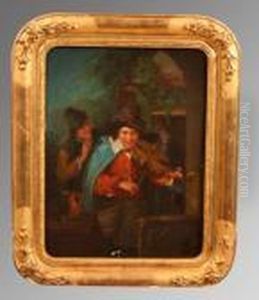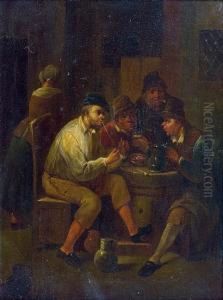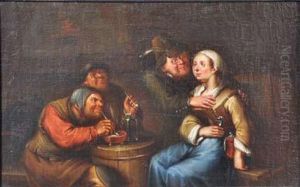Egbert van the Elder Heemskerk Paintings
Egbert van Heemskerk the Elder, also known as Egbert van Heemskerck I, was a Dutch Golden Age painter born in Haarlem, Netherlands. His birth year is often recorded as 1634. Not to be confused with his son, Egbert van Heemskerck the Younger, who was also an accomplished artist, Egbert the Elder is known for his genre scenes, which frequently depicted lively taverns, doctors' surgeries, and other aspects of everyday life in the 17th century.
Heemskerk's art is characterized by its humorous and sometimes satirical content, often reflecting the social and moralistic themes of his time. His paintings include a cast of characters from various strata of society and are notable for their narrative quality and attention to detail. The interiors and the costumes of his figures are rendered with precision and care, providing a valuable insight into the customs and fashions of the Dutch Golden Age.
Around 1660, Heemskerk moved to London, where he spent the remainder of his life. His work was well received in England, and he continued to produce his characteristic genre scenes as well as occasional portraits. In London, he was influenced by the works of other Dutch artists who had also made the city their home, such as Jan Steen and Adriaen van Ostade.
Egbert van Heemskerk the Elder's paintings have been preserved in a number of collections and museums, reflecting his lasting impact on the art world. He passed away in London in 1704. His legacy is carried on through his paintings, which continue to be studied and appreciated for their wit, detail, and depiction of 17th-century life.
